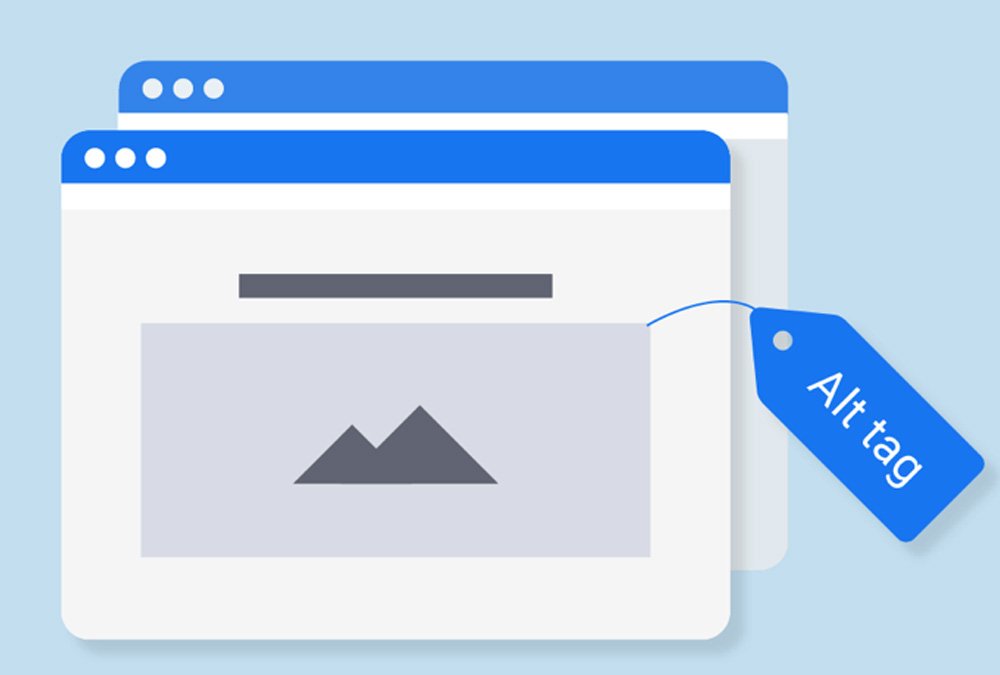In the modern age, images are a much broader concept than they once were. Once, an image was restricted to a single photo you’d find in a magazine. Now, an image could be an infographic, a group of photos, or a collection of animated GIFs.
When you include these sorts of images on your website, a certain amount of effort is needed to ensure they’re accessible and clear to your readers. However, many people skip that effort, including image alt text, and as a result, they do their readers a disservice.
What, then, is the image alt text, and why should you use it when including images on your website? Read on and we’ll walk you through what you need to know.
Table of Contents
What Is Alt Text?
Alt text (alternative text) is a short description of an image. It’s used to help screen reader users understand what’s on an image since they can’t see it. It’s also used by search engines to index images.
It makes your content more accessible to a wider range of people. Also helps improve your website’s SEO.
How to Add Alt Text
When adding an image to your website or blog post, you should always include alt text. Most content management systems will have a field where you can add alt text when you upload an image.
If you’re using WordPress, for example, you can add alt text when you’re writing a post or page. Just click on the “Add Media” button and upload your image.
Then, you’ll see a field labeled “Alternative text” where you can add a brief description of the image.
How To Write Alt Text
Your alt text should be a short, but descriptive, sentence. It should describe the content of the image, but it doesn’t need to be a complete sentence.
The alt text doesn’t need to be complicated. Just a few words are enough to describe the image and make it accessible to people who are using screen readers.
When Not to Use Alt Text
If the image is purely decorative and doesn’t add any value to the content, then you don’t need to use alt text. Decorative images include things like background images and bullet points.
If the image is already described in the text around it, then you don’t need to use alt text. For example, if you have an image of a dog and the caption underneath says “This is a dog,” then the alt text would be redundant.
If the image is complex and would be difficult to describe in a few words, you can leave the alt text blank. In general, you want to avoid using long blocks of text in your alt text, since it can be disruptive for screen reader users.
Read through The HOTH to learn the importance of Image Alt text for your content.
Include an Alt Txt on Your Blog Post Now
Alt text for images is an HTML attribute that provides a textual description of an image. It is important because it can be read by search engines and used to improve the accessibility of a website.
Adding image alt text can help your website rank higher in search engine results pages, and help users with disabilities understand the images on your website.
Find this post helpful? Be sure to check the rest of our blog for more valuable content.
